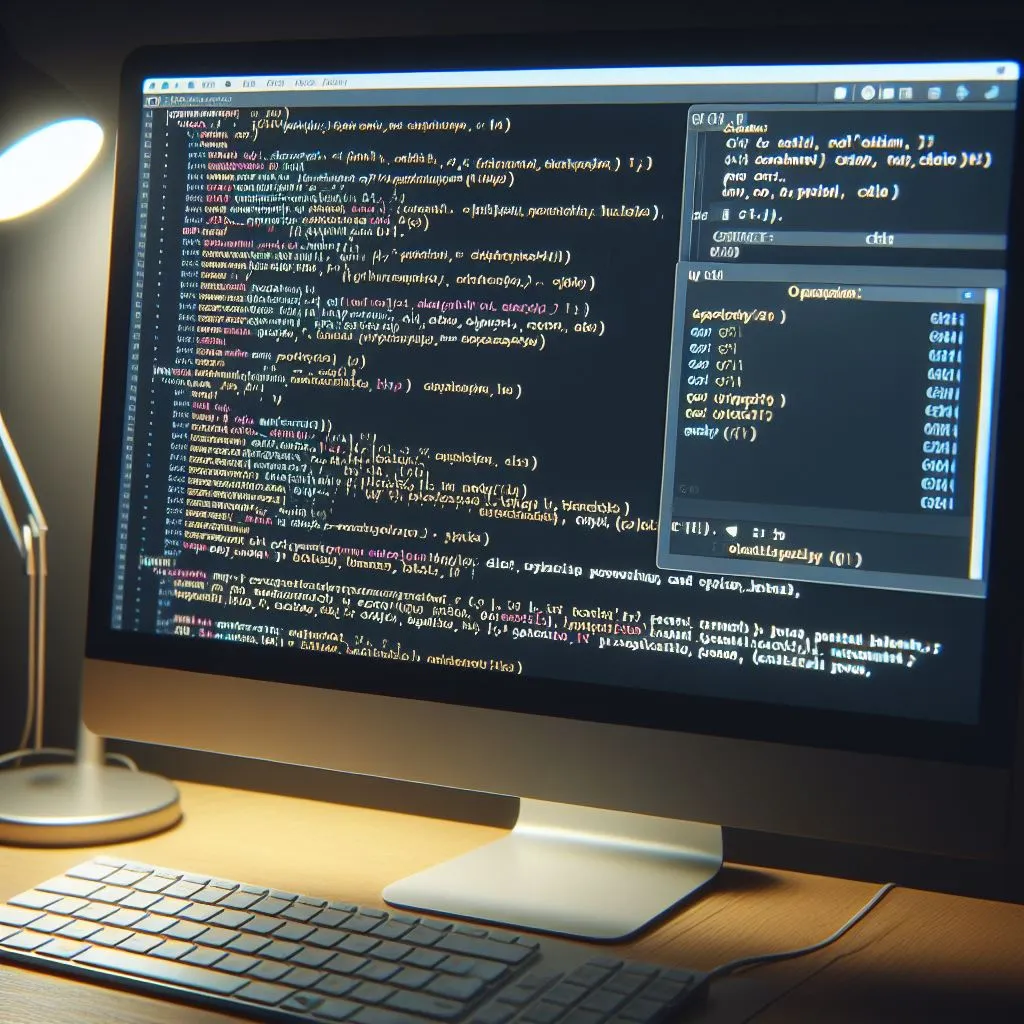1. What is Python? How is it used in software development?
Python is a high-level programming language known for its simplicity and readability. It supports multiple programming paradigms such as procedural, object-oriented, and functional programming. Python is widely used in web development, scientific computing, data analysis, artificial intelligence, and automation scripting.
2. Explain the difference between lists and tuples in Python.
Lists and tuples are both used to store collections of items in Python, but they have key differences:
- Lists are mutable, meaning their elements can be changed after creation. They are defined using square brackets
[ ]. - Tuples are immutable, meaning their elements cannot be changed once assigned. They are defined using parentheses
( ).
Example:
# List example
my_list = [1, 2, 3]
# Tuple example
my_tuple = (1, 2, 3)3. What is the difference between `append()` and `extend()` methods for lists?
- The
append()method adds its argument as a single element to the end of a list. - The
extend()method iterates over its argument adding each element to the list, extending the list.
Example:
my_list = [1, 2, 3]
# Using append()
my_list.append([4, 5])
print(my_list) # Output: [1, 2, 3, [4, 5]]
# Using extend()
my_list.extend([6, 7])
print(my_list) # Output: [1, 2, 3, [4, 5], 6, 7]4. How are dictionaries represented in Python?
Dictionaries in Python are collections of key-value pairs enclosed by curly braces { }. Each key is separated from its value by a colon :. Dictionaries are unordered, meaning the order of items doesn’t matter.
Example:
my_dict = {
'name': 'John',
'age': 30,
'city': 'New York'
}5. Explain the concept of list comprehensions.
List comprehensions provide a concise way to create lists. They consist of square brackets containing an expression followed by a for clause, then zero or more for or if clauses. List comprehensions are more readable and often faster than traditional loops.
Example:
# Traditional loop
squares = []
for x in range(10):
squares.append(x**2)
# Using list comprehension
squares = [x**2 for x in range(10)]6. What is the purpose of `__init__` method in Python classes?
The `__init__` method (constructor) is a special method that initializes an instance (object) of a class. It is called automatically when a new instance of the class is created. It allows the class to initialize attributes and perform any other necessary setup.
Example:
class Person:
def __init__(self, name, age):
self.name = name
self.age = age
# Creating an instance of Person class
person1 = Person('Alice', 25)SEO Interview: Top Questions and Expert Tips
7. Explain the key features of Python.
Python’s key features include:
- Easy-to-read syntax
- Dynamic typing
- Automatic memory management (garbage collection)
- Extensive standard library
- Support for multiple programming paradigms
- High-level data structures
8. Explain the difference between mutable and immutable objects in Python.
Mutable objects: These objects can be modified after creation. Examples include lists, dictionaries, and sets.
Immutable objects: These objects cannot be changed once created. Examples include integers, floats, tuples, and strings
9. What are Python decorators?
Decorators are a powerful feature in Python that allows you to modify the behavior of functions or classes. They are typically used to add functionality to existing functions without modifying their structure.
10. What are Python modules and packages?
Modules: Python files containing definitions and statements. They can be imported into other modules or scripts to reuse functionality.
Packages: A way of structuring Python’s module namespace using dotted module names. Packages are directories containing modules and an `__init__`.py file.
11. How are lambdas used in Python?
Lambdas, or anonymous functions, are small, inline functions defined with the lambda keyword. They can have any number of arguments but only one expression.
Example:
double = lambda x: x * 2
print(double(5)) # Output: 10




